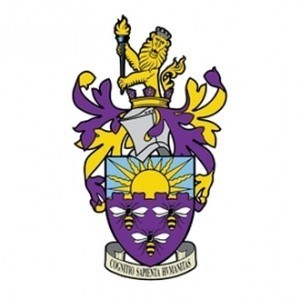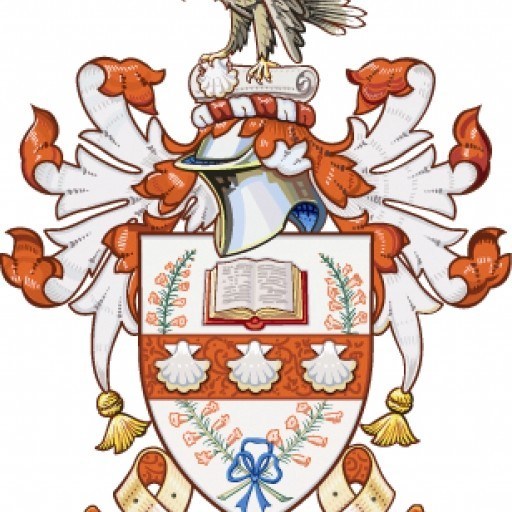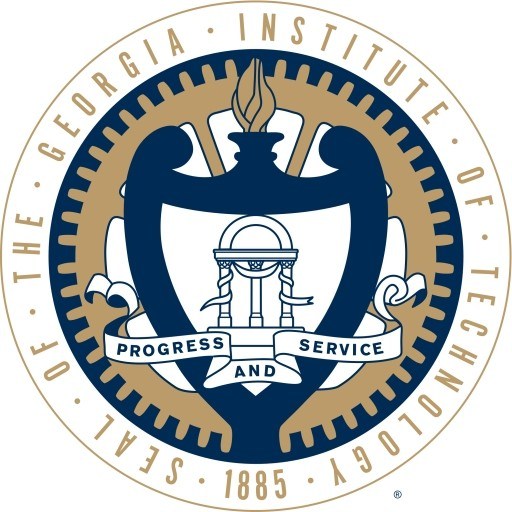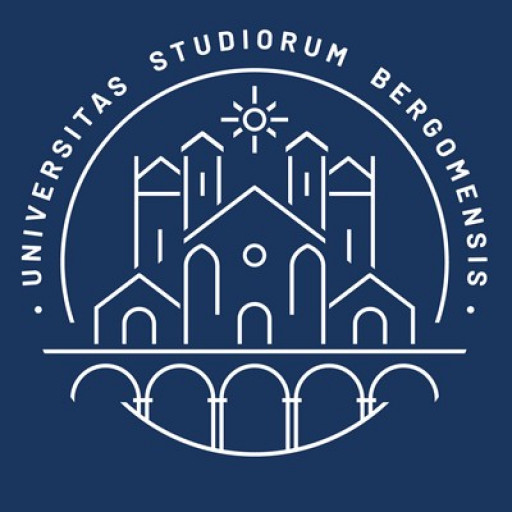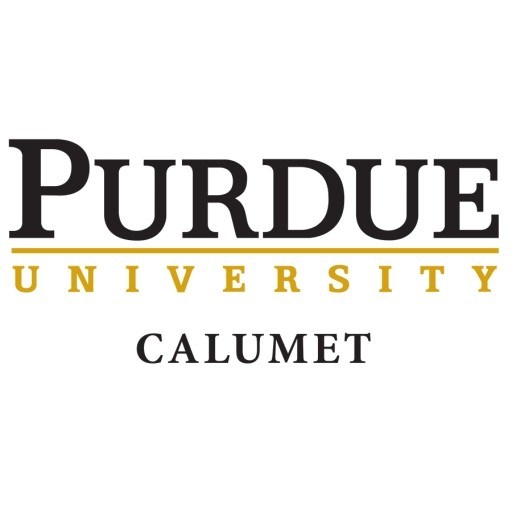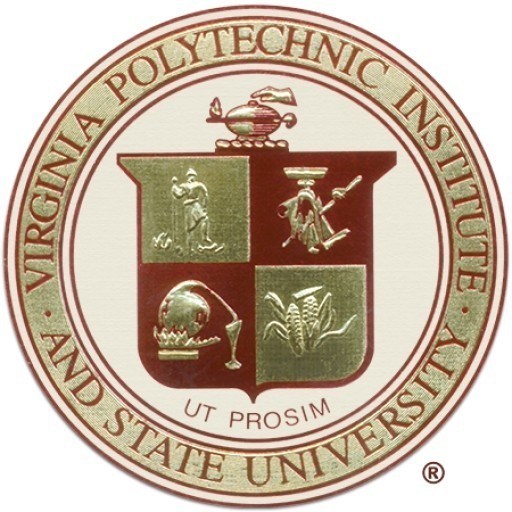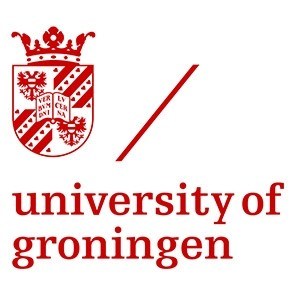Photos of university / #officialuom
Constructing the Sacred: Religion, Material Culture and the Sacred Space is an innovative postgraduate programme offered by The University of Manchester that explores the complex relationships between religion, material culture, and sacred spaces across different historical periods and cultural contexts. This programme provides students with a comprehensive understanding of how religious beliefs and practices are embodied, expressed, and experienced through material objects, architecture, and spatial arrangements. Through interdisciplinary approaches combining history, anthropology, archaeology, and religious studies, students will critically examine the ways in which sacred spaces are constructed, maintained, and transformed over time, and how these spaces influence religious communities and their identity.
The programme is designed for those interested in the study of religion, heritage, archaeology, art history, and cultural preservation. It offers a blend of theoretical insights and practical skills, encouraging students to engage in site visits, object analysis, and research projects that deepen their understanding of material culture in religious contexts. Core modules cover topics such as the history and theory of sacred space, the archaeology of religion, religious iconography, and the ethics of heritage management. Students will also have the opportunity to specialise in specific areas of interest through optional modules and independent research projects.
Graduates of this programme will be well-equipped for careers in heritage management, archaeology, museum curation, academia, and cultural consultancy, particularly within sectors that focus on religious and cultural heritage. They will gain critical analytical skills, research expertise, and a nuanced appreciation of the significance of material culture in religious life. With a history of rigorous academic training and a focus on current debates in the field, Constructing the Sacred offers a unique pathway for those passionate about understanding how sacred spaces and objects shape human spirituality and cultural identity.
The "Constructions of the Sacred, the Holy and the Supernatural" program at The University of Manchester offers an in-depth exploration of how different cultures, religions, and societies have historically understood and represented the sacred, the divine, and the supernatural. This interdisciplinary degree combines elements of religious studies, anthropology, art history, and history to examine a wide range of religious and spiritual constructions across different periods and regions. Students will analyze sacred architecture, religious rituals, mythologies, and iconographies, gaining insights into how sacred spaces and objects shape and reflect societal values and beliefs. The program encourages critical thinking about the ways in which notions of holiness and the supernatural influence social norms, political power, and cultural identity. Throughout the course, students will engage with a variety of sources, including archaeological findings, religious texts, visual arts, and contemporary practices, fostering a comprehensive understanding of the multifaceted nature of the sacred. The curriculum emphasizes comparative analysis, allowing students to contrast different religious traditions and their unique constructions of the supernatural. Additionally, the program offers opportunities for practical engagement through museum visits, fieldwork, and internships, enabling students to apply theoretical knowledge in real-world contexts. Graduates of this program will be equipped with valuable skills in research, critical analysis, and intercultural communication, preparing them for careers in academia, curatorial work, cultural heritage management, religious consultancy, or related fields. The interdisciplinary approach and the global perspective of this program ensure a broad understanding of how human societies have historically and presently constructed and interacted with the sacred, making it a compelling choice for students interested in religious phenomena, cultural history, and the arts of spirituality.
Program requirements for Constructions of the Sacred, the Holy and the Supernatural typically include a combination of core modules, electives, and assessment criteria that ensure students develop a comprehensive understanding of religious and supernatural architecture, symbolism, and cultural significance. Applicants are usually expected to have a strong academic background in related disciplines such as history, archaeology, theology, or cultural studies. English language proficiency tests may be required for non-native speakers. The program emphasizes critical analysis and research skills, often involving coursework, essays, presentations, and a final dissertation. Students should be prepared to engage with primary and secondary sources, participate in seminars and discussions, and undertake independent research projects. The curriculum covers various topics such as religious iconography, sacred spaces across different cultures, architectural design principles of sacred buildings, and the social functions of religious structures. Practical components may include visits to significant religious sites and hands-on workshops. The program aims to provide graduates with a deep understanding of how sacred constructions influence and reflect spiritual, cultural, and societal values. Entry requirements typically specify a minimum of a high school qualification, with preferred qualifications including relevant university-level coursework or industry experience. Specific grades or scores may vary, but generally a good academic record is essential. International students may need to demonstrate proficiency in English through standardized tests like TOEFL or IELTS. The program encourages interdisciplinary approaches, combining insights from anthropology, art history, and religious studies to analyze various constructions of the sacred and supernatural across different historical periods and cultural contexts.
Funding options for the Constructions of the Sacred, the Holy and the Supernatural program at The University of Manchester may include a range of financial support mechanisms available to prospective and current students. These typically encompass government-funded loans and grants for eligible students, such as UK national students, which can cover tuition fees and provide maintenance allowance. The university may also offer scholarships and bursaries based on academic merit, financial need, or specific criteria related to the subject area, which can significantly reduce the financial burden. International students are encouraged to explore external funding opportunities, including government scholarships from their home countries, international organizations, and private foundations that support students studying in the UK. Additionally, students might consider part-time employment opportunities available on or near the campus, which can help offset living expenses. The university’s dedicated financial aid office provides guidance and support to help students identify suitable funding sources and navigate the application processes. It is recommended that prospective students thoroughly review the university’s official financial support webpages and contact the student finance office for personalized advice. Furthermore, some courses may have aligned research grants or fellowships, particularly for postgraduate research students, which can provide stipends and cover research-related expenses. Students are encouraged to apply early and meet all deadlines to maximize their chances of securing financial support. Overall, funding for the program combines university resources, government support, external scholarships, and personal arrangements, ensuring that students have a variety of options to finance their studies at The University of Manchester.
The Constructions of the Sacred, the Holy and the Supernatural program at The University of Manchester offers an interdisciplinary examination of religious beliefs, symbols, rituals, and artifacts across different cultures and historical periods. This program explores how various societies have conceptualized and materialized the sacred, focusing on the ways in which religious and supernatural constructs shape social identities, cultural practices, and political power. Students are encouraged to critically analyze texts, artworks, architectural structures, and traditions to understand the diverse ways in which the sacred is constructed and experienced.
The curriculum covers a wide range of topics including the development of religious iconography, the role of sacred spaces, the influence of supernatural beliefs on social structures, and the relationship between religious practices and societal change. The program also investigates the intersections between religion, art, archaeology, anthropology, and history, providing a comprehensive approach to understanding the meanings and functions of the sacred in human cultures. Methodologically, students engage with historical sources, ethnographic research, visual analysis, and theoretical frameworks from religious studies, anthropology, and philosophy.
Students have access to extensive resources, including archives, museums, and digital Humanities tools, to support their research. They are encouraged to undertake independent projects, participate in fieldwork, and engage with contemporary debates about the relevance and future of religious traditions in a changing world. The program aims to develop critical thinking, analytical skills, and cultural awareness, preparing graduates for careers in academia, museum and cultural heritage sectors, religious organizations, or related fields.
The teaching staff comprises experts in religious studies, anthropology, archaeology, art history, and related disciplines, all dedicated to providing a rich, engaging learning environment. The program typically includes lectures, seminars, workshops, and guest lectures from leading scholars and practitioners. Assessment methods include essays, presentations, research projects, and examinations. Overall, the program seeks to equip students with a deep understanding of how the sacred, the holy, and the supernatural are constructed, experienced, and interpreted across diverse human societies.
